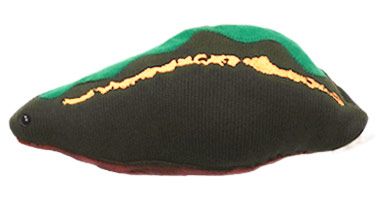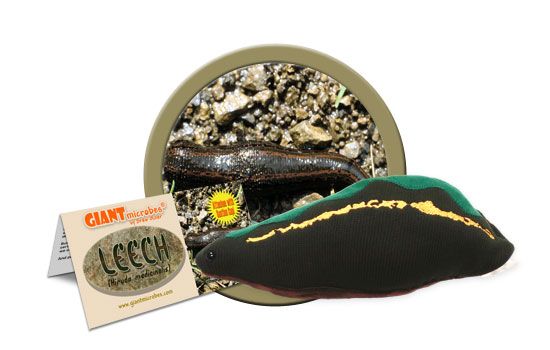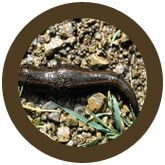Leech (Hirudo medicinalis)
Out of Stock
Product comes with suction cup that attaches to surfaces.
Leech plush doll is based on Hirudo medicinalis.
Product Details
Additional Information
| Sizes | Giantmicrobes are based on actual microbes, cells, organisms and other critters, only 1,000,000 times actual size! Gigantic (GG) 40-60cm XL (XL) 25-38cm Original (PD) 12-20cm Minis (MM) 5-10cm each Keychain (KC) 5-10cm with clip |
|---|---|
| Materials | Plush from all new materials. Stuffed with polyester fiber fill. Surface washable: sponge with water & soap, air dry. |
| Packaging | Each plush microbe includes a printed card with fun, educational and fascinating facts about the actual microbe or cell. |
| Safety | Every product meets or exceeds U.S. and European standards for safety. For ages 3 and up. |
All about Leech (Hirudo medicinalis)
FACTS: The practice of removing “bad blood” from patients is thousands of years old. In the days of yore, there were two cutting-edge theories that justified the procedure. On the one hand, doctors believed that the body’s four humours – blood, phlem, black bile, and yellow bile – could fall out of balance. If professional opinion concluded that there was an excess of blood in a patient’s body, balance could be restored by removing it. In addition, physicians believed that the blood could reach a kind of expiration date, and that old blood festering in the extremities could cause health problems. Removing this spoiled blood was thought to help restore health.
While sharp instruments were commonly used to initiate the required blood flow, the use of leeches for this purpose was very wide spread as well – and the medical leech Hirudo medicinalis was particularly useful for the task because its saliva contains hirudin, a powerful anti-clotting substance.
Advances in medical knowledge have resulted in bloodletting falling out of favor as a general health-restorative practice. But nevertheless, leeches are still used for specific operations such as reattaching severed appendages or grafting tissue onto patients.
Arteries (which deliver blood from the heart) can be surgically reconnected by surgeons; but veins are more delicate and can be difficult to individually suture. By attaching leeches to a patient, blood flow to affected areas can be encouraged until the body can regrow its damaged veins – so that blood does not flow in and stagnate, just as the old physicians were worried it might.
| Description | They’ve been used for therapeutic purposes for centuries. In ancient times, they were recommended for treating phlebitis and hemorrhoids. By the 16th century, they grew in popularity and were used to treat all sorts of ailments from headaches to infections. |
|---|
| Name | The scientific name comes from Latin roots “hoero” and “medicinal” to mean adhesive medicine. The common name, leech, comes from Old English and describes a person who relies on others. |
|---|
| Actual Size | They’re lancet shaped worms that range from 5 to 25 millimeters long. They have two suckers, one on each end of the body. The smaller sucker is used to perforate and the other is used for movement. |
|---|
| Where It Lives | Leeches are a type of carnivorous worm found in stagnant, freshwater ponds and lakes found all over the world that feed on blood of other animals. Of the 650 varieties of leeches, Hirudo medicinalis, found in Europe and Asia, has been the most extensively studied. It was given legal protections for its use in research and medicine. |
|---|
| History | The oldest traces of their use were discovered in an ancient Egyptian tomb from 1600 B.C.! |
|---|
| Fascinating Facts | Blood-letting was the standard for treating infections like plague to chronic illnesses like gout in medieval Europe. Only the lucky ones were able to use leeches for this task! |
|---|






